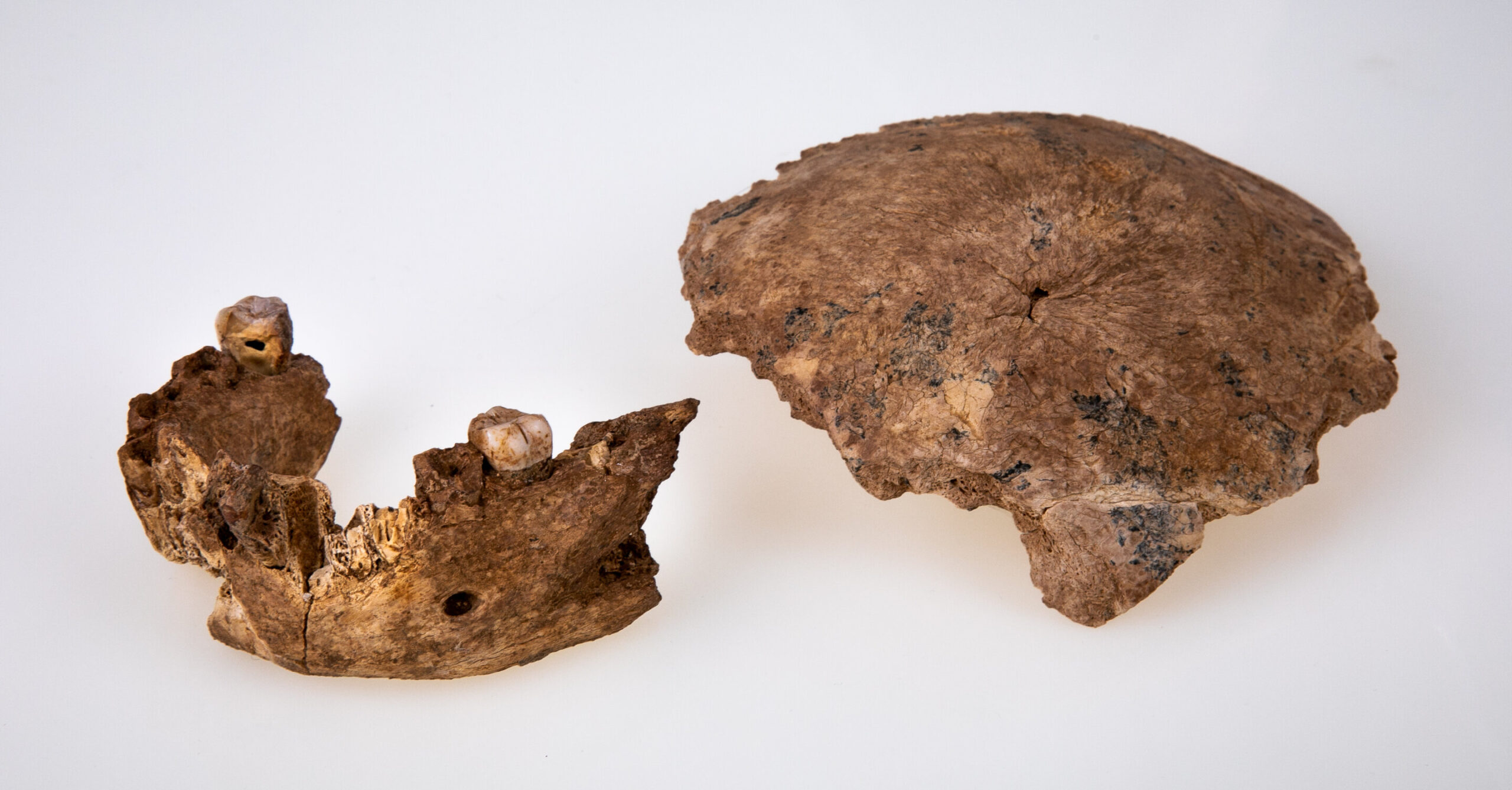Israel, June 25: A group of researchers from Tel Aviv University and the Hebrew University of Jerusalem, while excavating in Nesher Ramla, Israel, came across fragments of a skull that is considered to be 120,000 to 140,000 years old. This skull may belong to the Homo (the genus name for humanoid species) population different from the Homo sapiens which lived in Israel around the same time period. According to researchers, the skull isn’t exactly like the Homo sapiens skull. It has a different structure with no chin and large teeth. The scientists stated that the skull they discovered resembled the Neanderthal population in Europe (teeth and jaws) and the archaic Homo population in Asia (skull). These other species are the ancestors of modern humans.
The researchers deduced that the Nesher Ramla skull fossil represents a new Middle Pleistocene population. They named this new human population they discovered “Nesher Ramla Homo”.
Earlier, geneticists (people who study hereditary and inherited characteristics) who studied the DNA of European Neanderthals stated that there might be an existence of a Neanderthal-like population that could interbreed with Homo sapiens 200,000 years ago or before. This population was termed the ‘missing population’ or the ‘X population’. The researchers suggest that the Nesher Ramla Homo type could be this ‘missing population’.

Image credits: Avi Levin and Ilan Theiler, Sackler Faculty of Medicine, Tel Aviv University

